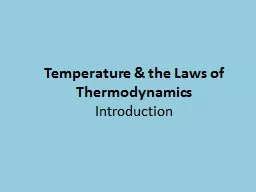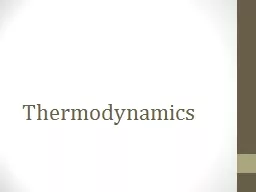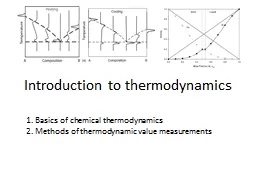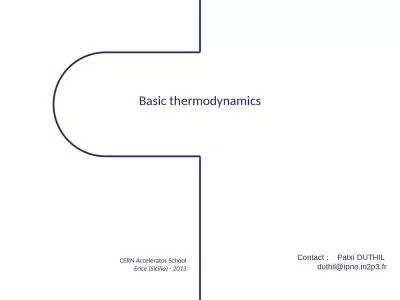PPT-Thermodynamics 2 PH: 104: Heat and Thermodynamic Course Outline (Continued)
Author : limebeauty | Published Date : 2020-06-22
Thermometry Concept of temperature Boyles Law Charles Law Thermometers Thermocouple Calorimetry Platinum resistance scale Absolute zero Lower fixed point Temperature
Presentation Embed Code
Download Presentation
Download Presentation The PPT/PDF document "Thermodynamics 2 PH: 104: Heat and Therm..." is the property of its rightful owner. Permission is granted to download and print the materials on this website for personal, non-commercial use only, and to display it on your personal computer provided you do not modify the materials and that you retain all copyright notices contained in the materials. By downloading content from our website, you accept the terms of this agreement.
Thermodynamics 2 PH: 104: Heat and Thermodynamic Course Outline (Continued): Transcript
Download Rules Of Document
"Thermodynamics 2 PH: 104: Heat and Thermodynamic Course Outline (Continued)"The content belongs to its owner. You may download and print it for personal use, without modification, and keep all copyright notices. By downloading, you agree to these terms.
Related Documents

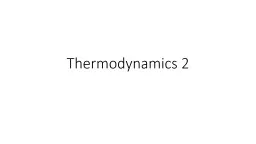
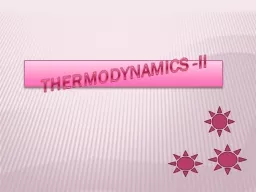
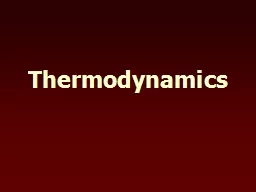
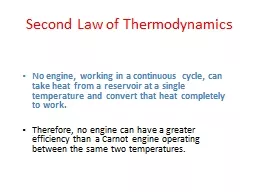
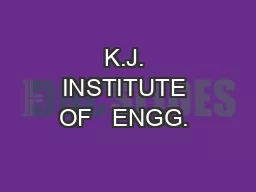
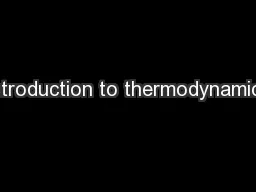
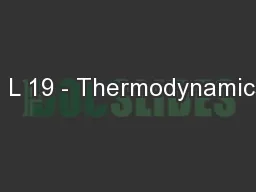
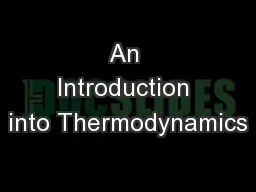
![1 L 19 - Thermodynamics [4]](https://thumbs.docslides.com/641790/1-l-19-thermodynamics-4.jpg)
